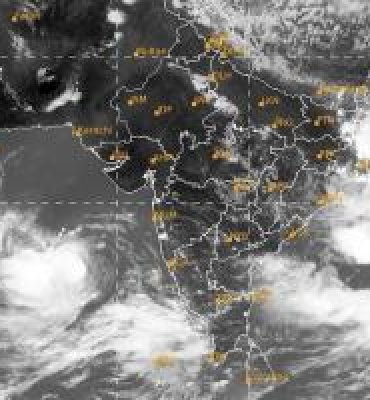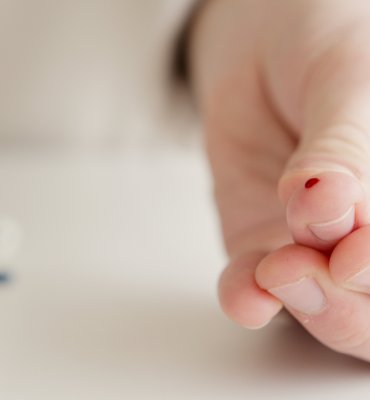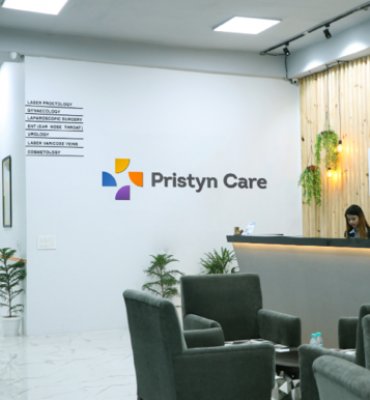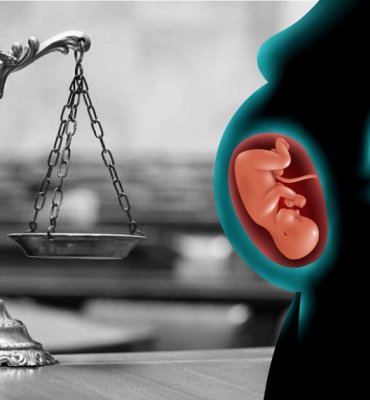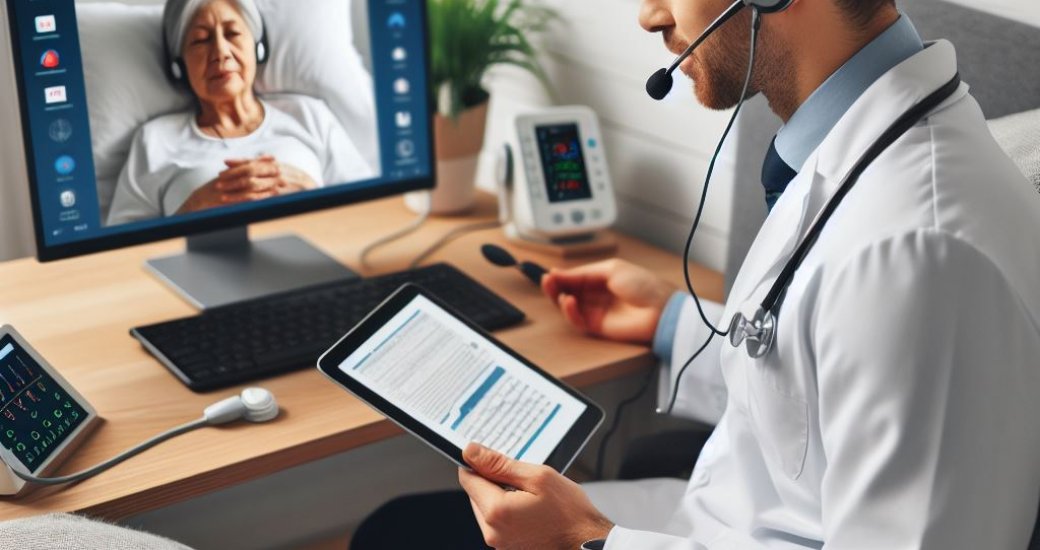
Phygital healthcare diminishes the requirement for significant investments in physical infrastructure. Doctors can conduct consultations from their own spaces, decreasing operational costs. This not only advantages healthcare providers but also saves patients money that they would have previously spent on traveling to clinics.
By Mayank Kumar
Healthcare in India is changing a lot by using a mix of real-world and digital technology, called the Phygital model. This is helping a ton with common health problems, stopping diseases before they happen, and using cool Phygital telemedicine. It's super important for companies and non-profits to use high-tech screenings at work and in neighbourhoods, so the hospitals don't get too busy. The
whole world is doing this Phygital healthcare thing to give patients better experiences, reach more people, provide good healthcare, and save money.
Phygital: Shaping the Future of Exceptional Experiences in Healthcare: The worldwide digital healthcare market is expected to grow substantially, hitting USD 660 billion by 2025. The Phygital model signifies a revolutionary way of providing healthcare. Its effects go beyond just being convenient; it influences the excellence of healthcare, the experience of patients, and the efficient
use of costs.
Expanding Access: Getting healthcare has been a challenge, especially in far-off and rural places. The Phygital model, with telemedicine, has fixed this problem. Now, patients can talk to doctors from any location, using smartphones, tablets, or laptops. This not only makes access better but also makes safe virtual talks between patients and healthcare providers possible.
High-Quality Healthcare: With the freedom from the limits of physical clinics, doctors can concentrate on offering superior quality care. Efficient patient management is supported by features like appointment scheduling, remote monitoring, and electronic medical records. The Phygital model guarantees that both rural and urban patients can get expert healthcare services, leading to an overall improvement in healthcare quality.
Improved Patient Experience: Making appointments online, remote monitoring, and digital prescriptions all play a part in improving the patient experience. The Phygital model enables doctors to provide personalized care, building a stronger connection between doctors and patients. This change in how healthcare is delivered has wide-ranging effects on how satisfied and involved patients feel.
Cost Efficiency: Phygital healthcare diminishes the requirement for significant investments in physical infrastructure. Doctors can conduct consultations from their own spaces, decreasing operational costs. This not only advantages healthcare providers but also saves patients money that they would have previously spent on traveling to clinics. The Phygital model specifically tackles the issues encountered by individuals in remote areas, providing a cost-effective and convenient alternative.
Transitioning from Digital to Phygital: Revolutionizing Last-Mile Health Access: Telemedicine has become a crucial part of India's healthcare landscape, especially in the face of the pandemic. The move from digital to Phygital is changing the way health services reach the final stretch. A real-world example demonstrates how telemedicine is making an impact on reaching populations that are more susceptible. The increase in telemedicine applications during the pandemic has transformed healthcare services, with platforms like Practo, 1mg, and PharmEasy gaining popularity. However, the success of telemedicine hinges on its simplicity and inclusivity, especially for vulnerable populations. Recognizing the importance of telemedicine, the Indian government introduced guidelines in March 2020. The emphasis on the Telehealth ecosystem is evident in flagship programs such as Ayushman Bharat Digital Mission and a 24x7 tele-counselling program.
Hurdles and Prospects in Telemedicine: While telemedicine holds promise, it encounters obstacles, especially in rural regions. The primary reasons for potential setbacks underscore the necessity for an approach centred on patients, including contextual realities, gender-based digital disparities, and the intricacies of interventions tailored for rural areas.
Revitalizing Telecare: A People-Centric Approach: Telecare, as a hybrid model, surpasses traditional telemedicine helplines, offering a comprehensive range of services including telemedicine, teleconsulting, and tele help, addressing medical, mental health, and social protection needs. Community health workers are vital in telecare, acting as the frontline representatives of the program. Their training includes the use of diagnostic devices and empathetic communication skills, bridging the digital divide, and facilitating last-mile delivery and community awareness. The telecare model must expand beyond clinical services, integrating physical, emotional, and social determinants of health, ensuring a continuous care experience. Follow-ups are essential to guarantee that patients receive ongoing support and monitoring. Telecare underscores the significance of health information and agency among vulnerable populations. By providing pertinent information, especially through customized helplines, telecare empowers communities to make informed decisions about their health. The simplicity and inclusiveness of the technology further contribute to its success.
Amidst the intricacies of India's diverse healthcare landscape, the Phygital model emerges as a beacon of hope. From preventive healthcare driven by MedTech innovations to the transformative power of telecare, the impact is profound. The government's commitment, evident in budget allocations and flagship programs, highlights the importance of integrating Phygital healthcare into the national health agenda. The shift from digital to Phygital signifies not only a technological transition but a paradigm shift in how healthcare is accessed, delivered, and experienced in India.



